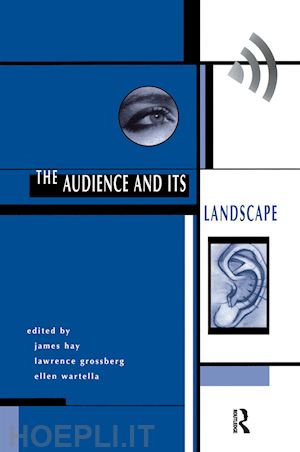Introduction; (James Hay, Lawrence Grossberg, and Ellen Wartella.); Audience Studies And The Convergence Of Research Traditions; Viewers Work; (Elihu Katz.); Combinations, Comparisons, and Confrontations: Toward a Comprehensive Theory of Audience Research; (Karl Erik Rosengren.); Audience; Research: Antinomies, Intersection, and the Prospect of Comprehensive Theory; (David L. Swanson.); After Convergence: Constituents of a Social Semiotics of Mass Media Reception; (Klaus Bruhn Jensen.); The Pragmatics of Audience in Research and Theory; (James A. Anderson.); Rethinking The Audience As An Object Of Study; Recasting the Audience in the New Television Marketplace?; (Jay G. Blumler.); Toward a Qualitative Methodology of Audience Study: Using Ethnography to Study the Popular Culture Audience; (Andrea L. Press.); Notes on Children as a Television Audience; (Ellen Seiter.); Figuring Audiences and Readers; (Tony Bennett.;); Marginal Texts, Marginal Audiences; (Larry Gross.); Notes on the Struggle to Define Involvement in Television Viewing; (Tamar Liebes.); On Not Finding Media Effects: Conceptual Problems in the Notion of an Active Audience (with a Reply to Elihu Katz); (Robert Kubey.); The Politics Of Audience Studies; The Politics of Producing Audiences; (Martin Allor.); Power Viewing: A Glance at Pervasion in the Postmodern Perplex; (John Hartley.); The Hegemony of Specificity and; the Impasse in Audience Research: Cultural Studies and the Problem of Ethnography; (Janice Radway.); Ethnography and Radical Contextualism in Audience; Studies; (Ien Ang.); Locating Audiences; Hemispheres of Scholarship:; Psychological and Other Approaches to Studying Media Audiences; (Byron Reeves.); From Audiences to Consumers: The Household and the Consumption of Communication and Information Technologies; (Roger Silverstone.); Audiencing Violence: Watching Homeless Men Watch; Die Hard; (John Fiske and Robert Dawson.); The Geography of Television: Ethnography, Communications, and Commun











